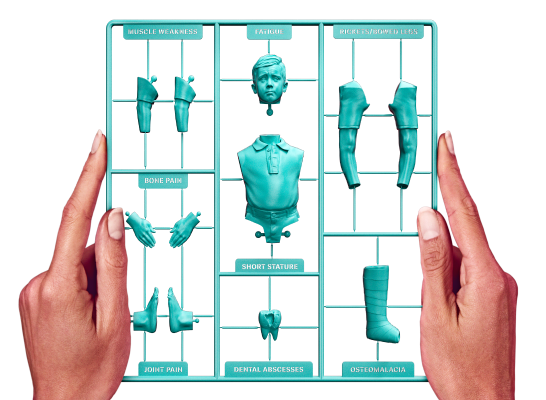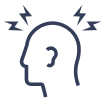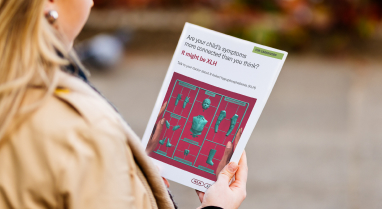What is XLH
Symptoms of XLH in children

XLH affects every child differently
Children with XLH often experience bowed legs or knock knees
Symptoms of XLH in children
Symptoms in children may include:














Her legs were very bowed, and I knew that something wasn’t right.”
Emily
Both she and her daughter Isla (pictured) are living with XLH
View patient storiesIf you think your child's symptoms are
connected,
take the next step:
Sign up to receive helpful resources, get important event invites, and hear real patient stories that will support you on your journey.
Sign up

